Dry machining represents a transformative approach to material removal processes that eliminates traditional metalworking fluids while maintaining or enhancing production efficiency and part quality. This environmentally conscious manufacturing method relies on specialized tooling, machine tool adaptations, and optimized cutting parameters to overcome the thermal and friction challenges normally managed by flood coolant systems. Modern dry machining systems employ ultra-hard tool materials like polycrystalline cubic boron nitride (PCBN) and advanced ceramic grades that maintain their hardness and chemical stability at temperatures exceeding 1000°C, coupled with specialized coatings such as aluminum chromium nitride (AlCrN) or silicon-aluminum oxynitride (SiAlON) that reduce friction coefficients below 0.3 even in ferrous materials. Machine tools designed for dry operation incorporate thermally symmetric structures using low-expansion cast iron alloys or composite materials, with built-in heat dissipation channels and active temperature stabilization systems that maintain bed geometry within 5μm thermal drift during extended cutting operations. High-pressure air blast systems (10-15 bar) directed through precisely engineered nozzle arrays serve multiple functions – clearing chips from the cutting zone, providing limited cooling through convective heat transfer, and preventing chip re-cutting that could compromise surface finish.
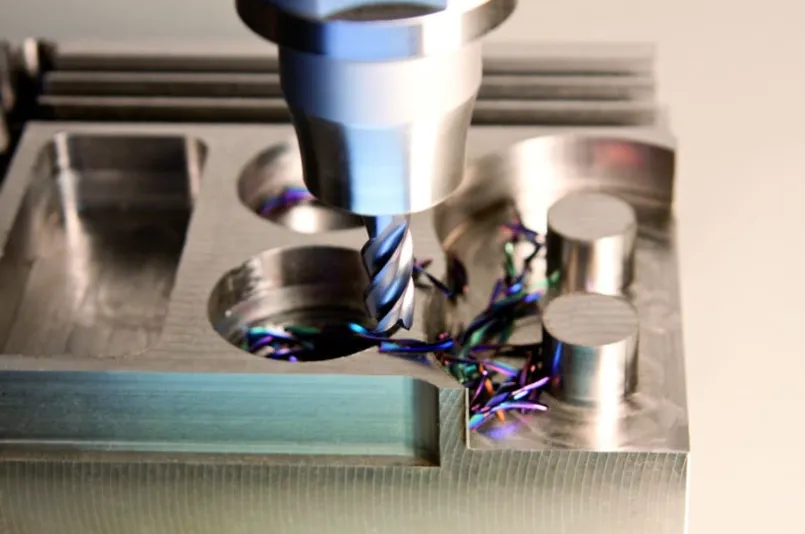 The technological foundations of successful dry machining rest upon comprehensive understanding and control of the tribological conditions at the tool-workpiece interface. Cutting tool geometries are specifically optimized for dry conditions, featuring polished rake faces to reduce chip adhesion, strengthened cutting edge preparations (20-50μm hone radii), and chipbreaker designs that promote efficient heat partitioning into the evacuated chips rather than the tool or workpiece. Advanced machine tool spindles incorporate integral cooling channels that maintain bearing temperatures within ±1°C of optimal range despite the absence of external coolant, while linear motor drives eliminate potential contamination points from way lubrication systems. Workpiece materials often undergo preconditioning treatments when destined for dry machining – case-hardened steels receive precise hardness gradients, aluminum alloys may be alloyed with silicon to reduce built-up edge tendency, and powder metallurgy nickel alloys are formulated with solid lubricant inclusions. Process monitoring systems track multiple parameters including acoustic emissions in the 50-500kHz range for tool condition monitoring, infrared thermography of the cutting zone (measuring temperatures up to 800°C with ±5°C accuracy), and power consumption analysis that detects cutting anomalies through signature waveform analysis.
The technological foundations of successful dry machining rest upon comprehensive understanding and control of the tribological conditions at the tool-workpiece interface. Cutting tool geometries are specifically optimized for dry conditions, featuring polished rake faces to reduce chip adhesion, strengthened cutting edge preparations (20-50μm hone radii), and chipbreaker designs that promote efficient heat partitioning into the evacuated chips rather than the tool or workpiece. Advanced machine tool spindles incorporate integral cooling channels that maintain bearing temperatures within ±1°C of optimal range despite the absence of external coolant, while linear motor drives eliminate potential contamination points from way lubrication systems. Workpiece materials often undergo preconditioning treatments when destined for dry machining – case-hardened steels receive precise hardness gradients, aluminum alloys may be alloyed with silicon to reduce built-up edge tendency, and powder metallurgy nickel alloys are formulated with solid lubricant inclusions. Process monitoring systems track multiple parameters including acoustic emissions in the 50-500kHz range for tool condition monitoring, infrared thermography of the cutting zone (measuring temperatures up to 800°C with ±5°C accuracy), and power consumption analysis that detects cutting anomalies through signature waveform analysis.
Industrial applications of dry machining span multiple sectors where environmental concerns, workpiece contamination risks, or process economics justify eliminating metalworking fluids. The automotive industry extensively employs dry machining for aluminum engine block production, where the absence of coolant prevents hydrogen embrittlement in subsequent heat treatment processes while achieving bore cylindricity within 5μm. Aerospace manufacturers utilize dry machining for titanium structural components, avoiding the risk of stress corrosion cracking from residual coolant in deep fastener holes while maintaining hole position tolerances of ±0.025mm. The medical device industry favors dry machining for implant components where even trace coolant residues could compromise biocompatibility, achieving surface finishes below 0.4μm Ra in cobalt-chrome alloys. Even general machining applications benefit from dry approaches – gear hobbing of case-hardened steel now achieves AGMA quality 10 standards without coolant, while dry turning of gray cast iron with ceramic inserts demonstrates 300% longer tool life compared to wet machining in certain applications.
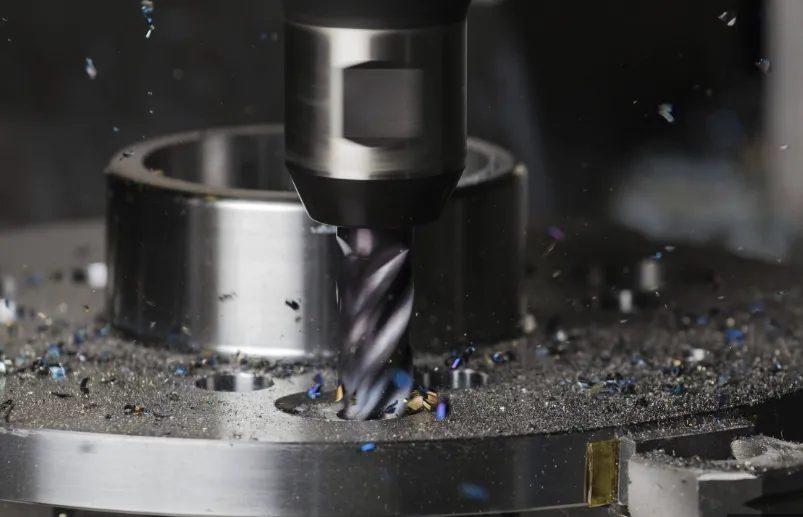
The environmental and economic advantages of dry machining are substantial and multifaceted. Elimination of metalworking fluids removes the costs associated with fluid purchase (typically $15-30 per gallon for synthetic coolants), maintenance (filtration, tramp oil removal, bacterial control), and disposal (up to $10 per gallon for hazardous waste treatment). Workpiece cleaning costs decrease by 60-80% since parts emerge uncontaminated by coolant residues, particularly valuable for components requiring subsequent coating or adhesive bonding. Machine tool maintenance intervals extend significantly as the absence of coolant prevents corrosion of way covers, electrical components, and spindle seals while eliminating the microbial growth that degrades hydraulic and lubrication systems. Energy consumption is reduced by 10-15% through elimination of coolant pump operation (typically 5-15kW continuous draw) and reduced machine thermal instability that otherwise necessitates warm-up cycles or compensation algorithms. From a sustainability perspective, dry machining eliminates volatile organic compound (VOC) emissions from coolant mist and reduces a facility’s carbon footprint by up to 20% when considering the full lifecycle impact of coolant production, transportation, and waste processing.
Technical challenges in dry machining implementation require careful engineering solutions. The primary obstacle of excessive heat generation is addressed through multiple strategies: cutting tools are designed with lower thermal conductivity to keep heat in the chip, specialized tool coatings reflect radiant heat, and compressed air vortex tubes provide localized cooling at temperatures down to -30°C without introducing liquid. Chip evacuation – critical in dry operations – is managed through optimized machine tool chip conveyors, magnetic separation systems for ferrous materials, and programmed tool paths that strategically position cuts for gravity-assisted chip fall. Workpiece dimensional stability is maintained through in-process cooling pauses for temperature equalization when machining large components, and some systems employ cryogenic CO2 snow for spot cooling of critical features. Tool wear monitoring becomes more critical in dry machining, with advanced systems using multiple sensor inputs to predict edge degradation and schedule tool changes before quality is compromised – particularly important when machining abrasive composites or high-silicon aluminum alloys where sudden tool failure risks costly workpiece damage.
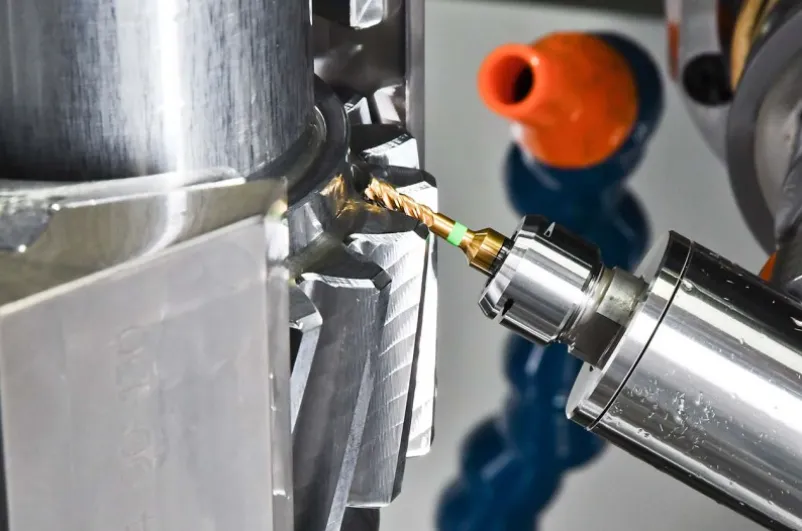
Material-specific dry machining techniques have been developed for virtually all engineering materials. For aluminum alloys, polished diamond-coated tools with sharp cutting edges (35° rake angles) prevent material adhesion while maintaining surface finish quality below 0.8μm Ra. Steel machining utilizes PCBN tools with microstructured chipbreakers and wiper geometries that distribute cutting forces over larger contact areas to reduce interface temperatures. Titanium alloys require specialized tool coatings like zirconium nitride combined with reduced cutting speeds (30-50% lower than wet machining) and high-pressure air blast (15-20 bar) to prevent chip ignition while maintaining productivity. Even traditionally difficult-to-machine materials like compacted graphite iron now see successful dry machining applications through the use of silicon nitride ceramic tools with enhanced thermal shock resistance. Composite materials particularly benefit from dry approaches where coolant absorption could cause delamination or fiber swelling, with diamond-coated tools achieving clean cuts in carbon fiber reinforced polymers without matrix degradation.
Emerging technologies continue to expand dry machining capabilities and applications. Laser-assisted dry machining uses precisely focused laser energy (100-500W) to locally soften difficult-to-machine materials immediately ahead of the cutting tool, reducing forces by 30-40% while maintaining dimensional accuracy. Self-lubricating tool materials incorporating solid lubricant reservoirs (such as hexagonal boron nitride or molybdenum disulfide) within the tool matrix provide continuous lubrication at the cutting interface without external fluids. Hybrid cooling systems employing minimal quantities of liquid CO2 or nitrogen gas (0.5-1.0 liters/hour) provide targeted cooling at the tool-workpiece interface while still qualifying as dry processes since no residual fluid remains on workpieces. Smart tooling systems with embedded microsensors monitor cutting edge temperature and wear in real time, transmitting data wirelessly to adjust machining parameters dynamically. The development of machine tools with integrated heat pipe systems actively transfers heat away from critical components, maintaining thermal stability during prolonged dry cutting operations.
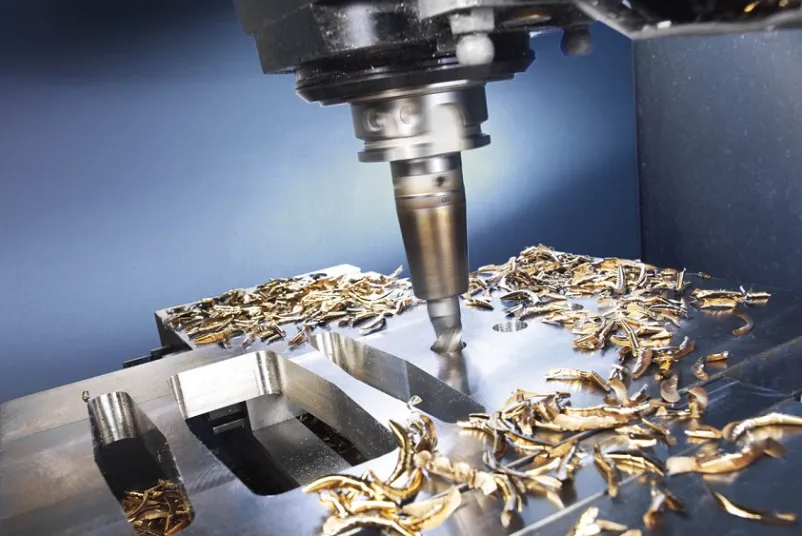
Implementation strategies for successful dry machining conversion require systematic evaluation of multiple factors. Machine tool selection prioritizes thermally stable designs with chip evacuation efficiency, often favoring 45° slant-bed configurations over vertical machining centers for turning applications. Tooling systems must accommodate the higher cutting forces typical of dry operations, with rigid hydraulic or shrink-fit tool holders replacing standard collet chucks to minimize vibration. Process re-engineering includes adjustments to cutting parameters – typically reducing speeds by 15-20% while increasing feed rates by 10-15% to maintain productivity while controlling heat generation. Facility modifications may include enhanced air filtration systems to capture fine particulate matter and upgraded electrical systems to handle the increased power demands of high-pressure air blast systems. Workforce training programs must address the different tool wear patterns and process monitoring techniques required for dry machining, as traditional visual coolant-based indicators are no longer available.
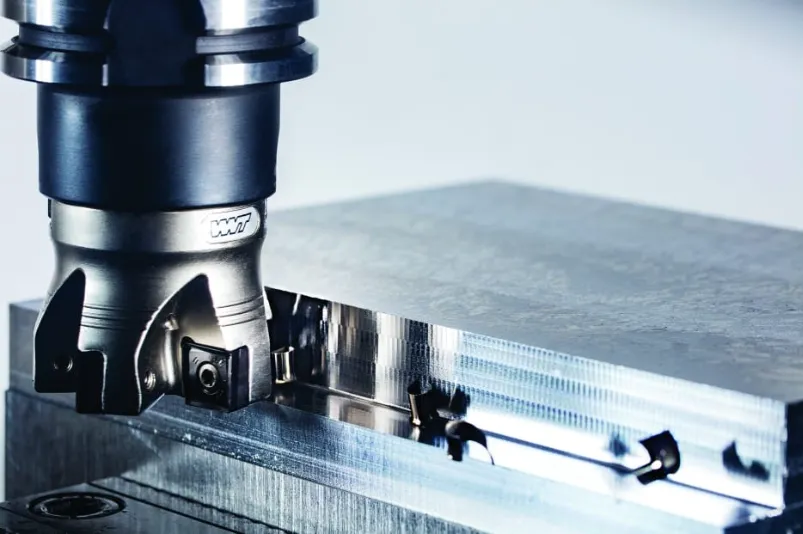
The future trajectory of dry machining points toward broader adoption across manufacturing sectors, driven by both environmental regulations and economic imperatives. Next-generation machine tools are being designed from the ground up for dry operation, incorporating advanced thermal management systems and smart chip conveyance technology. Cutting tool manufacturers continue to develop specialized grades for dry machining applications, including nanostructured coatings and functionally graded tool materials that optimize properties at different locations within the tool. Digital twin technology enables virtual testing of dry machining processes before physical implementation, reducing transition risks. As industrial sustainability requirements intensify and coolant-related health concerns receive greater scrutiny, dry machining stands positioned to become the standard rather than the exception for precision metal removal processes across global manufacturing. The technology’s ability to simultaneously address environmental, economic, and quality requirements ensures its growing role in sustainable manufacturing strategies for industries ranging from automotive to aerospace to medical device production.




